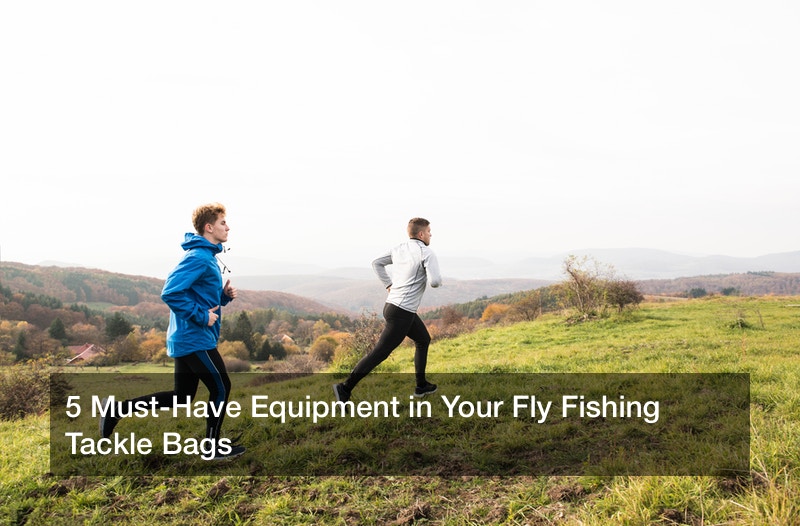
Fly fishing involves the use of a rod and line, and an artificial lightweight made to imitate fish prey. Modern innovation has improved the quality and durability of the materials; however, the basics have primarily remained the same. To the beginner fly fishing angler, the possibilities seem endless when picking out fly fishing gear. An estimated 51.9 million people went for fishing, investing in quality fly fishing tackle bags is a great way to keep all fish equipment safe and organized.
Depending on the type of fly fishing, there are a variety of fly fishing tackle bags available; make sure you pick the one that best fits your needs. Here are five items you can store in your bag.
Fly rods
Fly rods are available in different sizes and weights up to 9 feet in length that can break down into five pieces, easier for storage or travel in a tackle bag. Typically, smaller rods are best for smaller fish such as trout, small bass. A fly rod has three purposes.
- Casting-the fly rod allows for the fly line to be cast with accuracy and power. A good fly rod allows the fly and the fly line to be presented correctly.
- Line control- a fly rod allows control over the line that is out on the water, once the fly is floating on the water.
- Striking and landing fish- the fly rod is used to set the hook on a fish. As such, the fly rod needs to be strong and flexible to fight and land the fish.
When your fly rod is not in use, it is a good idea to store it in some hard case. Failure to store your fish rod in a case, you are just asking for trouble because the fly rod could break in transit.
Fly Reels
A rod without a reel is useless. Fly reels come in different shapes and sizes; all reel sizes match up with a rod size. Custom fly reels have adjustable drag for improved fish fighting capabilities. Smaller fish such as trout do not require a reel with a huge drag. Similar to fly rods, larger reels are for larger fish with faster line retrieval rates, stronger drag, and larger reel capacity.
Fly Line
Fly line ties the rod and the reel together. Here, the angler’s choice of fly line should match your choice of rod and reel. Fly lines come in different designs and come in two distinct categories; freshwater lines and saltwater lines. Once you have your fly rod and reel, you will use the weight of your line to cast on to the surface of the water.
Leader and Tippet
Leaders and tippets connect a fly line to a fly. Tippet is used to adding extra length to a leader. If you are fishing over spooky fish and decide your leader is large, tippet continues the taper of the leader, offering increased length for spooky fish.
Sunglasses
Most sunglasses are polarized to maximize functionality and comfort. If you are spending time sight fishing for trout, sunglasses will help you spot more fish. The sunglasses and fishing hats are essential to protect you from the sun’s harmful effects.
Bottom-Line
Fishing gear is frangible; you need a collecting bag for them. The responsibility of the fishing tackle bag is to protect and to keep order. Selecting a quality fishing bag is a wise decision. Thus, you can put your equipment into your best fly fishing tackle bags for your fishing time.
Whether you’re fly fishing from a fishing boat or you’re wading out into shallow waters on your own, make sure you have the most up-to-date fly fishing gear for the job.
